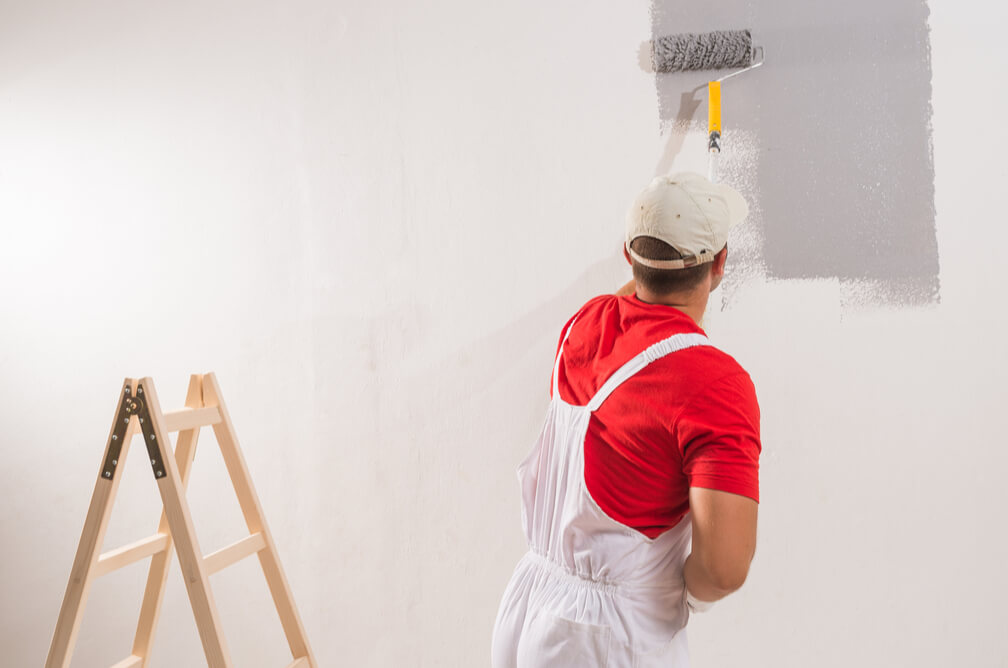The art of house painters Adelaide has undergone significant transformations over the centuries, evolving from rudimentary methods to advanced techniques that cater to both artistic expression and practical applications. From the traditional brushstroke to modern spray painting, the tools and methods painters use have continually adapted to meet changing needs, technological advancements, and aesthetic trends. This article explores the evolution of painting techniques, highlighting key developments that have shaped the industry and continue to influence how we approach painting today.
- The Beginnings: Brushwork in Early Art
Painting has been a fundamental part of human expression since prehistoric times, with early artists using primitive brushes made from animal hair, reeds, or feathers to apply natural pigments to surfaces. These early brushes were simple but effective tools for creating the intricate cave paintings and murals that have been discovered in various parts of the world.
As civilizations progressed, so did the tools and techniques for painting. By the time of the Renaissance, brushwork had become highly sophisticated, with artists developing a range of brushes of different shapes and sizes to achieve varying effects. The precision and control offered by brushes made them indispensable for detailed work, particularly in fine art. Techniques such as glazing, where thin layers of paint are built up to create depth and luminosity, and impasto, where paint is applied thickly to create texture, were made possible by the versatility of the brush.
- The Introduction of Rollers
The invention of the paint roller in the 1940s marked a significant shift in the world of painting, especially for large-scale projects like painting walls and ceilings. Rollers allowed for faster and more even application of paint over large surfaces, reducing the time and effort required compared to traditional brushwork.
The paint roller quickly became a staple in both professional and DIY painting, particularly for interior and exterior house painting. Its ability to cover broad areas efficiently made it ideal for applying primer and base coats, as well as for achieving smooth finishes. The introduction of different roller materials, such as foam, mohair, and microfiber, further expanded its versatility, allowing painters to use rollers on various surfaces with different types of paint.
- The Rise of Spray Painting
Spray painting emerged as a revolutionary technique in the 20th century, offering a new level of efficiency and consistency. Initially developed for industrial applications, spray painting allowed for the rapid coating of large surfaces, which was particularly useful in manufacturing processes like automobile production.
The use of spray guns in residential and commercial painting quickly followed. Spray painting provided a way to achieve a smooth, even finish in a fraction of the time it would take with a brush or roller. It became especially popular for painting intricate surfaces, such as furniture, cabinetry, and metalwork, where traditional tools might struggle to reach all the nooks and crannies.
Advancements in spray painting technology, including the development of airless sprayers and high-volume low-pressure (HVLP) systems, have made this technique even more accessible and effective. Today, spray painting is used in a wide range of applications, from graffiti art to large-scale commercial projects, offering unparalleled speed and a flawless finish.
- Contemporary Techniques: Combining the Old with the New
In contemporary painting, there is a growing trend towards combining traditional techniques with modern tools to achieve unique effects. For example, many artists and professional painters use a combination of brushwork, roller application, and spray techniques to create textured finishes, layered effects, and intricate designs that would be difficult to achieve with a single method.
Moreover, the availability of new materials and technologies has expanded the possibilities for painters. For instance, digital tools now allow artists to experiment with color palettes and composition before even touching a brush or sprayer. Additionally, eco-friendly paints and finishes have become more prevalent, reflecting a broader societal shift towards sustainability in all aspects of life.
- The Future of Painting Techniques
As technology continues to advance, the future of painting techniques promises even more innovation. Automation and robotics are beginning to make their way into the industry, with robotic painters capable of executing precise and complex patterns on large surfaces. These advancements could lead to even greater efficiency in large-scale projects, while still preserving the artistry and craftsmanship that are central to the painting profession.
At the same time, the resurgence of interest in traditional craftsmanship suggests that hand-applied techniques will remain valued for their unique, personal touch. The challenge for future painters will be to balance these traditional methods with the benefits of modern technology, finding new ways to express creativity while meeting the practical demands of their work.
Conclusion
The evolution of painting techniques, from the humble brush to advanced spray systems, reflects a dynamic interplay between tradition and innovation. Each new development has expanded the possibilities for painters, allowing them to work more efficiently and creatively. As we look to the future, it’s clear that the art and science of painting will continue to evolve, blending old and new techniques to meet the changing needs and tastes of society. Whether through the careful stroke of a brush or the precision of a spray gun, the essential human desire to create and beautify will always find expression in the tools and techniques of the time.
